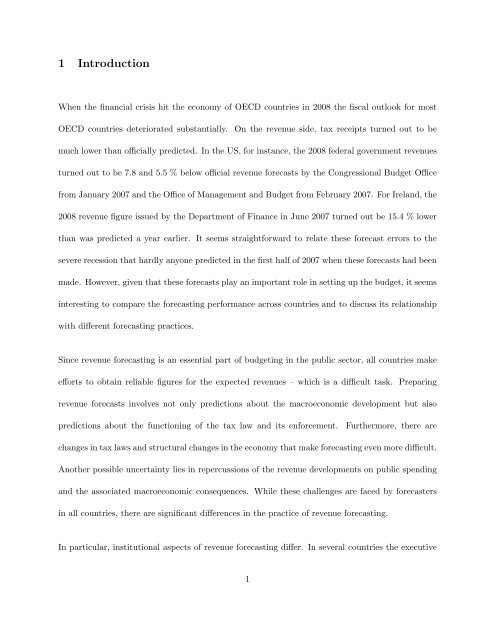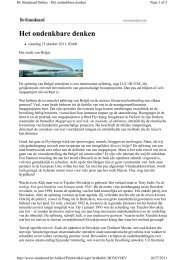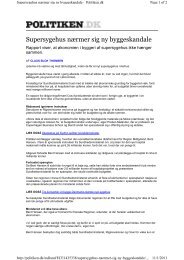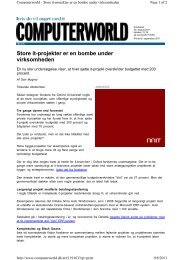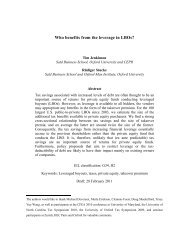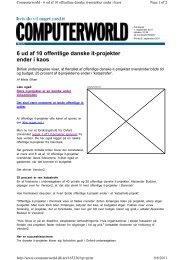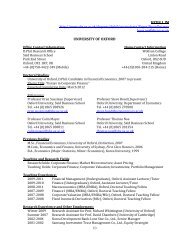Revenue Forecasting Practices: Differences across Countries and ...
Revenue Forecasting Practices: Differences across Countries and ...
Revenue Forecasting Practices: Differences across Countries and ...
You also want an ePaper? Increase the reach of your titles
YUMPU automatically turns print PDFs into web optimized ePapers that Google loves.
1 Introduction<br />
When the financial crisis hit the economy of OECD countries in 2008 the fiscal outlook for most<br />
OECD countries deteriorated substantially. On the revenue side, tax receipts turned out to be<br />
much lower than officially predicted. In the US, for instance, the 2008 federal government revenues<br />
turned out to be 7.8 <strong>and</strong> 5.5 % below official revenue forecasts by the Congressional Budget Office<br />
from January 2007 <strong>and</strong> the Office of Management <strong>and</strong> Budget from February 2007. For Irel<strong>and</strong>, the<br />
2008 revenue figure issued by the Department of Finance in June 2007 turned out be 15.4 % lower<br />
than was predicted a year earlier. It seems straightforward to relate these forecast errors to the<br />
severe recession that hardly anyone predicted in the first half of 2007 when these forecasts had been<br />
made. However, given that these forecasts play an important role in setting up the budget, it seems<br />
interesting to compare the forecasting performance <strong>across</strong> countries <strong>and</strong> to discuss its relationship<br />
with different forecasting practices.<br />
Since revenue forecasting is an essential part of budgeting in the public sector, all countries make<br />
efforts to obtain reliable figures for the expected revenues – which is a difficult task. Preparing<br />
revenue forecasts involves not only predictions about the macroeconomic development but also<br />
predictions about the functioning of the tax law <strong>and</strong> its enforcement. Furthermore, there are<br />
changes in tax laws <strong>and</strong> structural changes in the economy that make forecasting even more difficult.<br />
Another possible uncertainty lies in repercussions of the revenue developments on public spending<br />
<strong>and</strong> the associated macroeconomic consequences. While these challenges are faced by forecasters<br />
in all countries, there are significant differences in the practice of revenue forecasting.<br />
In particular, institutional aspects of revenue forecasting differ. In several countries the executive<br />
1


